The building, enclosures and aviaries take up an area of almost 10 football pitches. The animals are kept in large spaces with other species and in a diverse environment. Our visitors can observe the Orientarium denizens from three perspectives: underwater, land and from above.
The Orientarium and the rest of the ZOO are open to the public all year round, and the animals do not have to be transferred to the breeding facilities during the cold season.
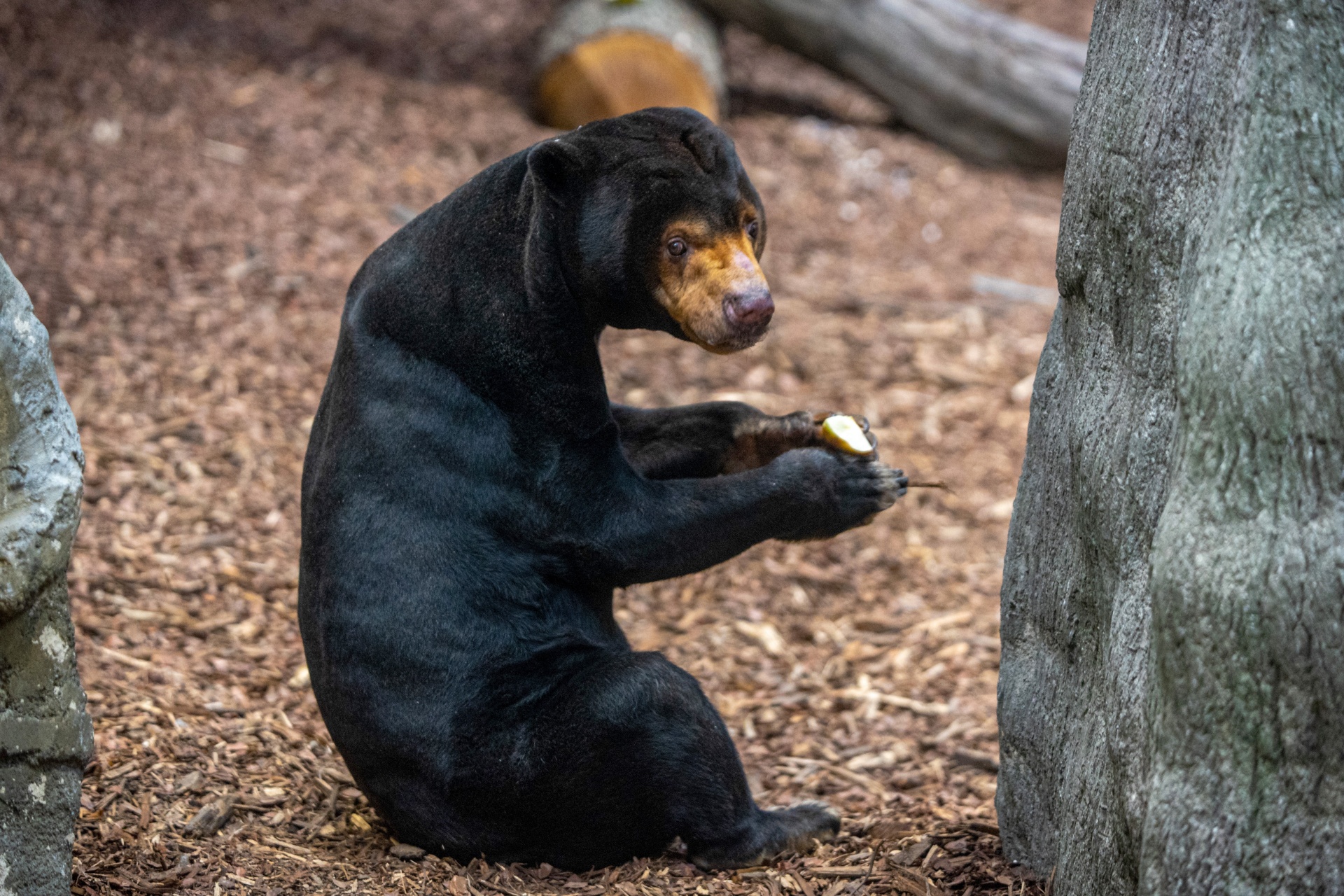
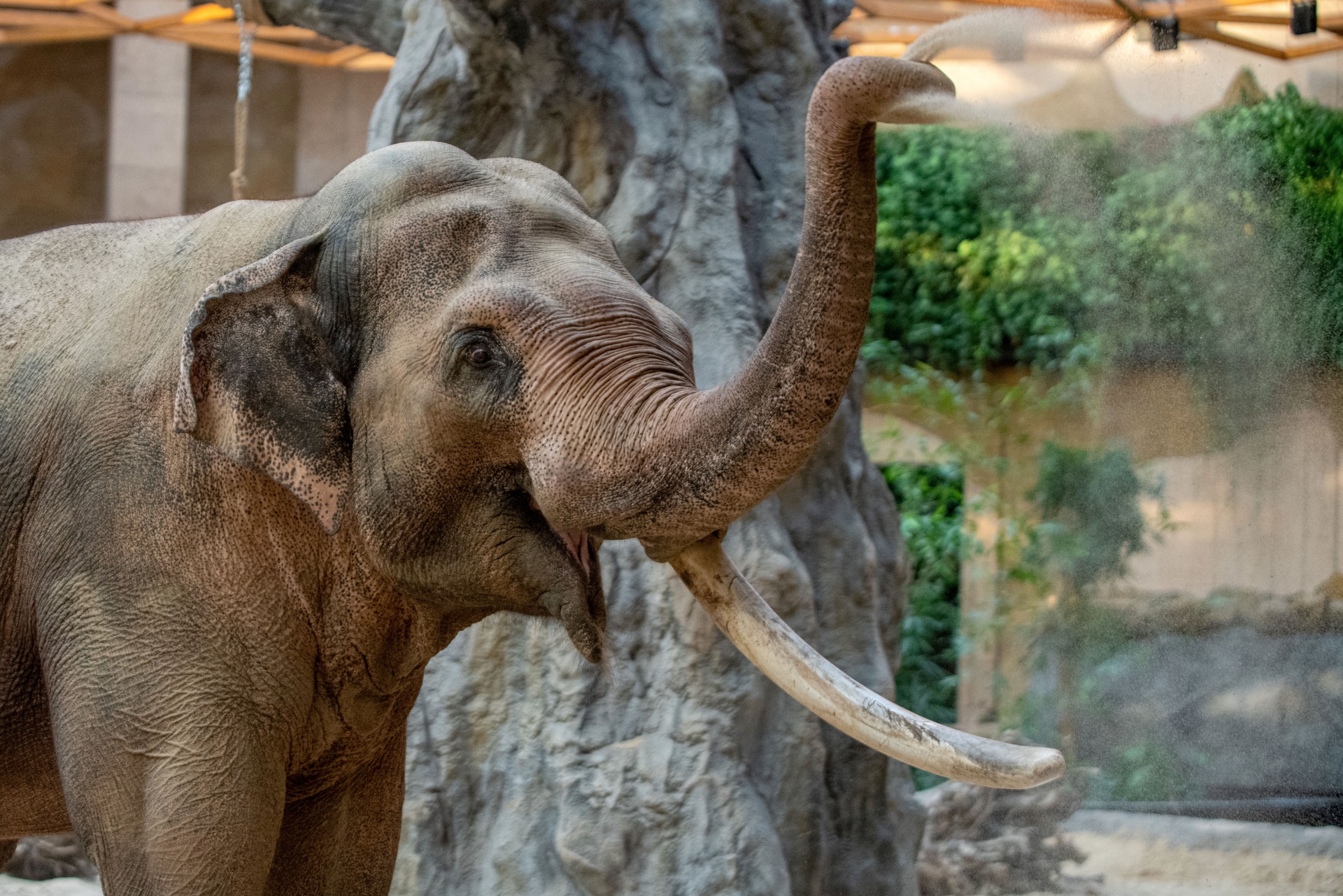
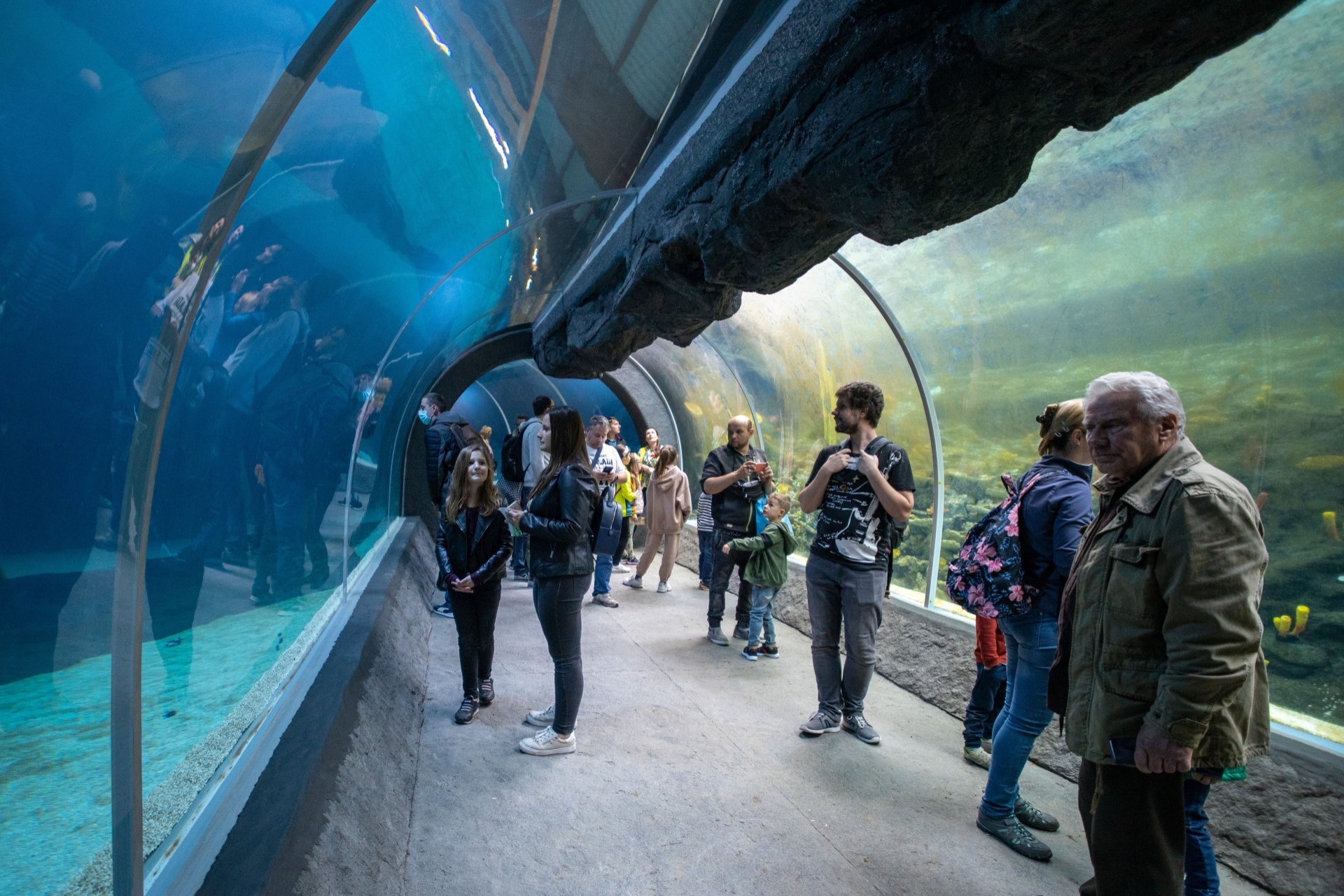
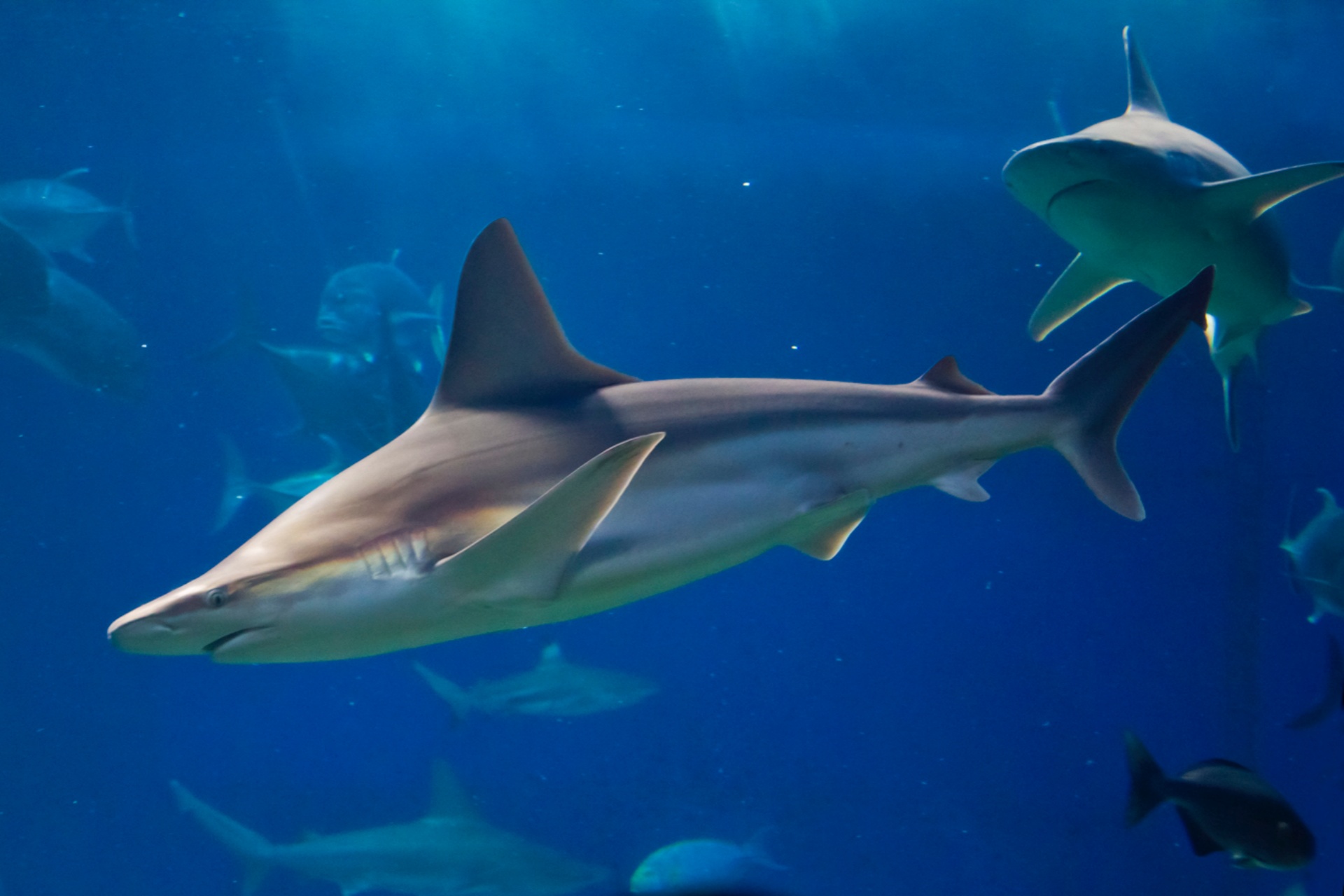
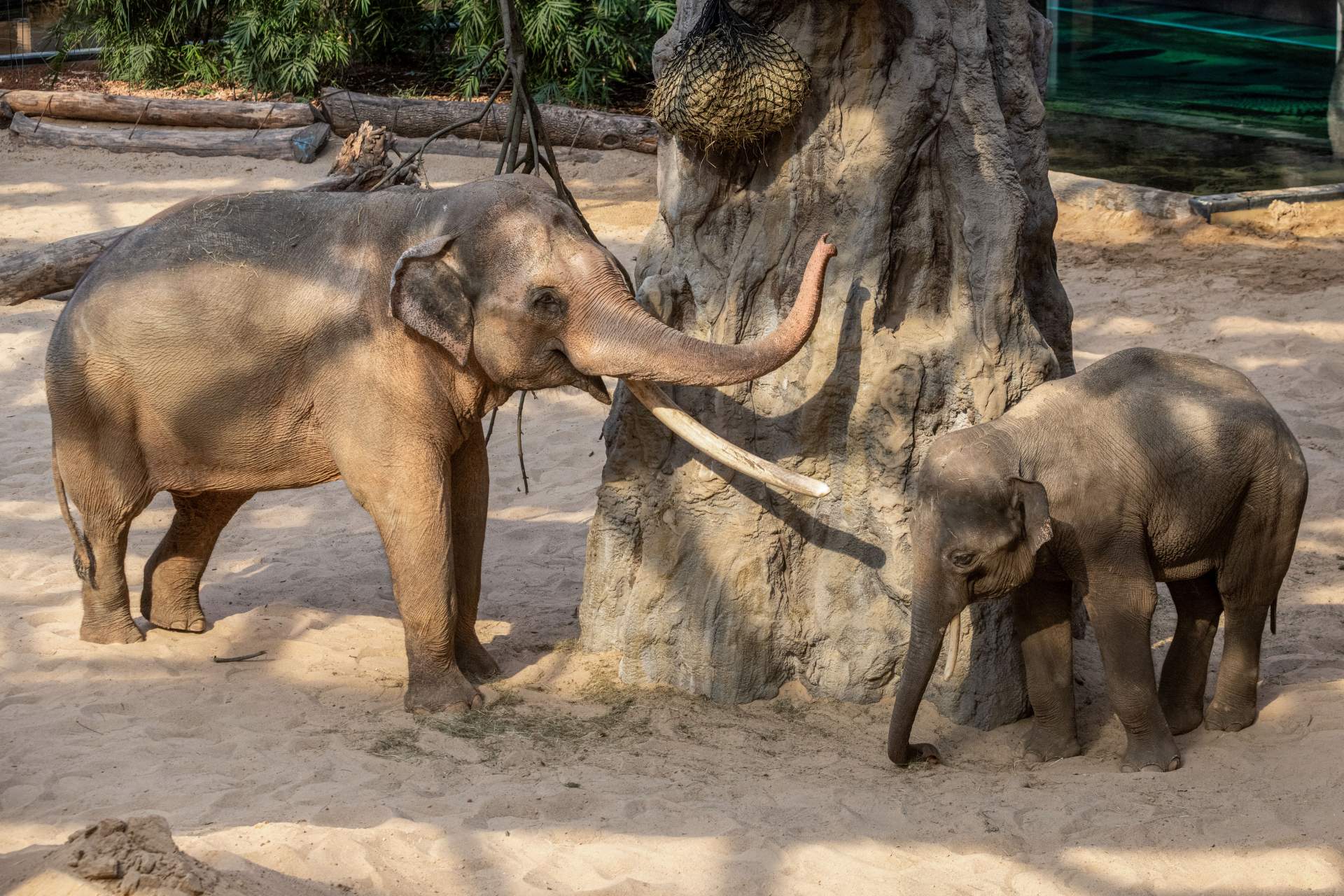
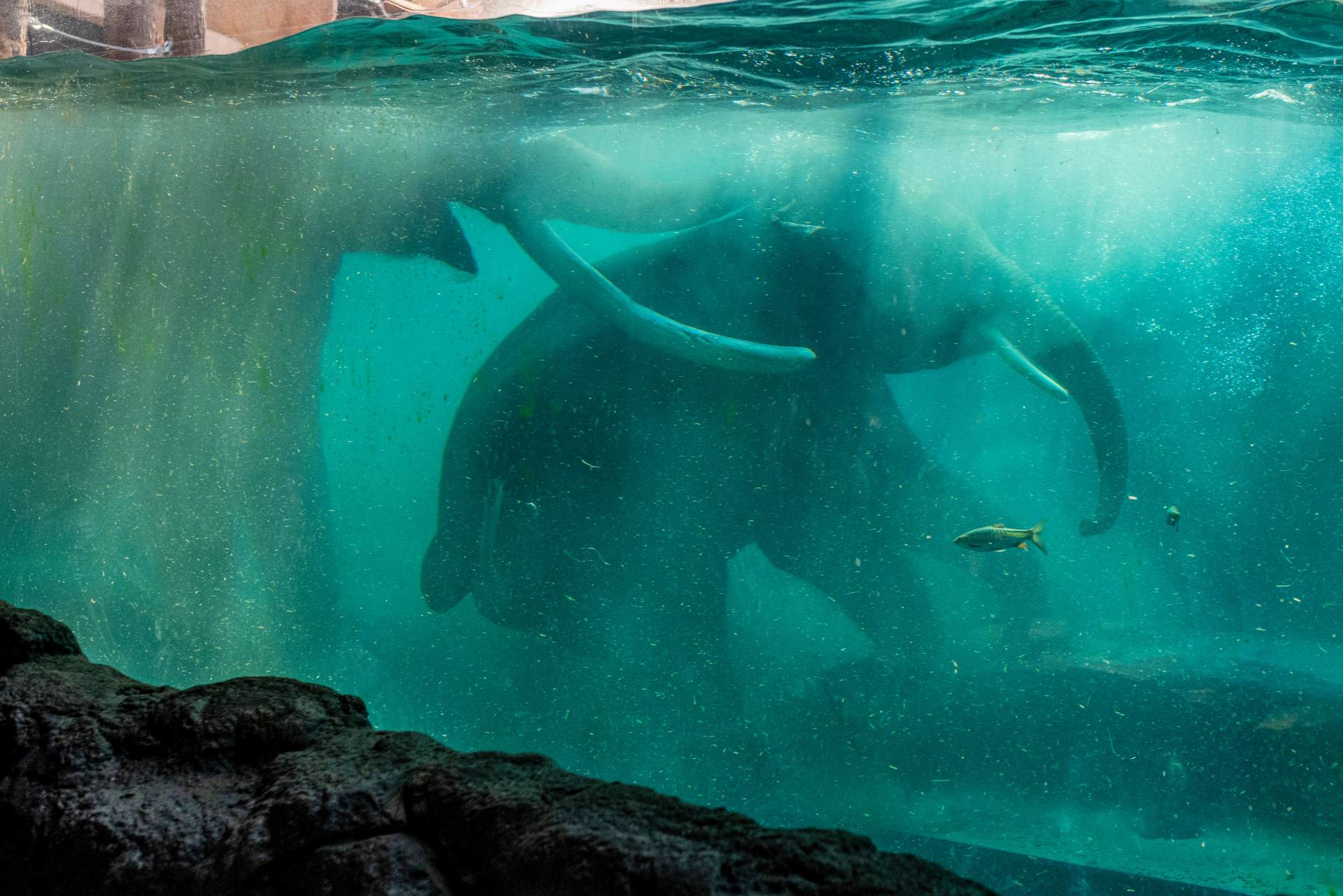
The Indian Zone is the kingdom of elephants. They have a 2,000 square metre enclosure and a pool at their disposal.
Weather permitting, our animals enjoy the outdoor space, which is divided into three sections and features two pools and waterfalls. In the outdoor enclosure, our Indian elephants are accompanied by smaller hoofed mammals, which have their own separate sanctuary there.
Elephant Alexander
The first denizen of the Orientarium was Alexander, who came to Łódź from the Münster Zoo in Germany. He is a calm, well-behaved and unique elephant. Alex has only one tusk, which will certainly not escape the attention of visitors.
Elephant Alexander is the largest and oldest representative of the species in Europe. He is 45 years old, weighs more than six tonnes and measures just over 3.5 metres at the withers.
We are creating a herd of eight to ten elephants
Alexander's main job is to raise next adolescent elephants that will be his companions. Currently, other elephants that live in the Orientarium are: Taru (11 years old), Kyan (12 years old), Barnaba (13 years old). In the future, the male elephants will be joined by females and the Łódź Zoo will become one of the leading facilities caring for the welfare of Indian elephants.
Who do the elephants swim with?
Interesting species of fish from Southeast Asia swim in the pool where the elephants bathe. One of them is the giant gourami (Osphroniemus goramy). This fish inhabits a wide variety of environments, from rivers to lakes to swamps. It is a species with very wide food preferences. Gourami feeds on aquatic plants as well as other species of fish, amphibians and large invertebrates. He also does not despise carrion. An interesting fact is that this species can breathe moist air. Thanks to this, it can spend some time outside the aquatic environment.
One of the biggest attractions at the Orientarium is the underwater tunnel (26 metres long). Our 7 ocean tanks hold more than 3 million litres of water.
Inside live more than 1,300 animals, representing 180 different species. Among them are the only guitarfish in Poland, unique zebra sharks and majestic stingrays with tails over one and a half metres long.
The Orientarium's oceanic zone is home to, among others, blacktip reef sharks and sandbar sharks, which will reach a length of even three metres in the future. Ocellated eagle rays will be similar in size, currently spanning 70 centimetres. This is a very interesting species – the anatomy of this fish and the slow, majestic movement in the water resembles the way a bird flies.
Each aquarium level is filled with different fish. Some of them swim in the depths, some stay at the bottom. This creates a unique effect and allows for in-depth observation.
A must see is our large collection of the members of the genus Paracanthurus – which, of course, includes the most famous one – blue tang (Paracanthurus hepatus) – known to all children as Dory. In the coral reef tank, there are also bluespotted stingrays equipped with spikes with a very strong venom, or a whole range of wrasses, fusiliers and other reef fish shimmering in all colours.
At the bottom of the Orientarium's largest pool is a replica of Mitsubishi J2M aircraft – a Japanese Navy fighter from the Second World War.
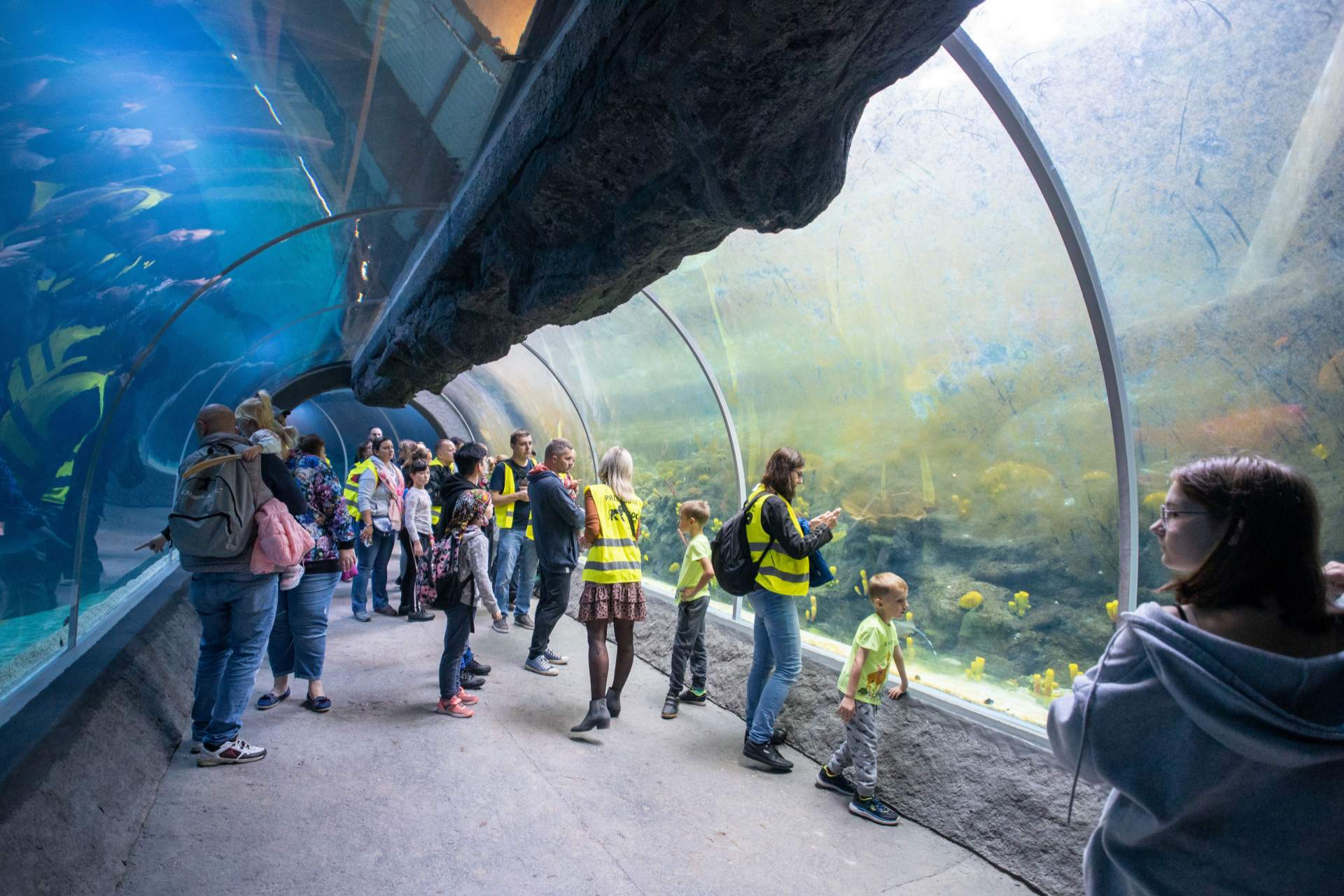
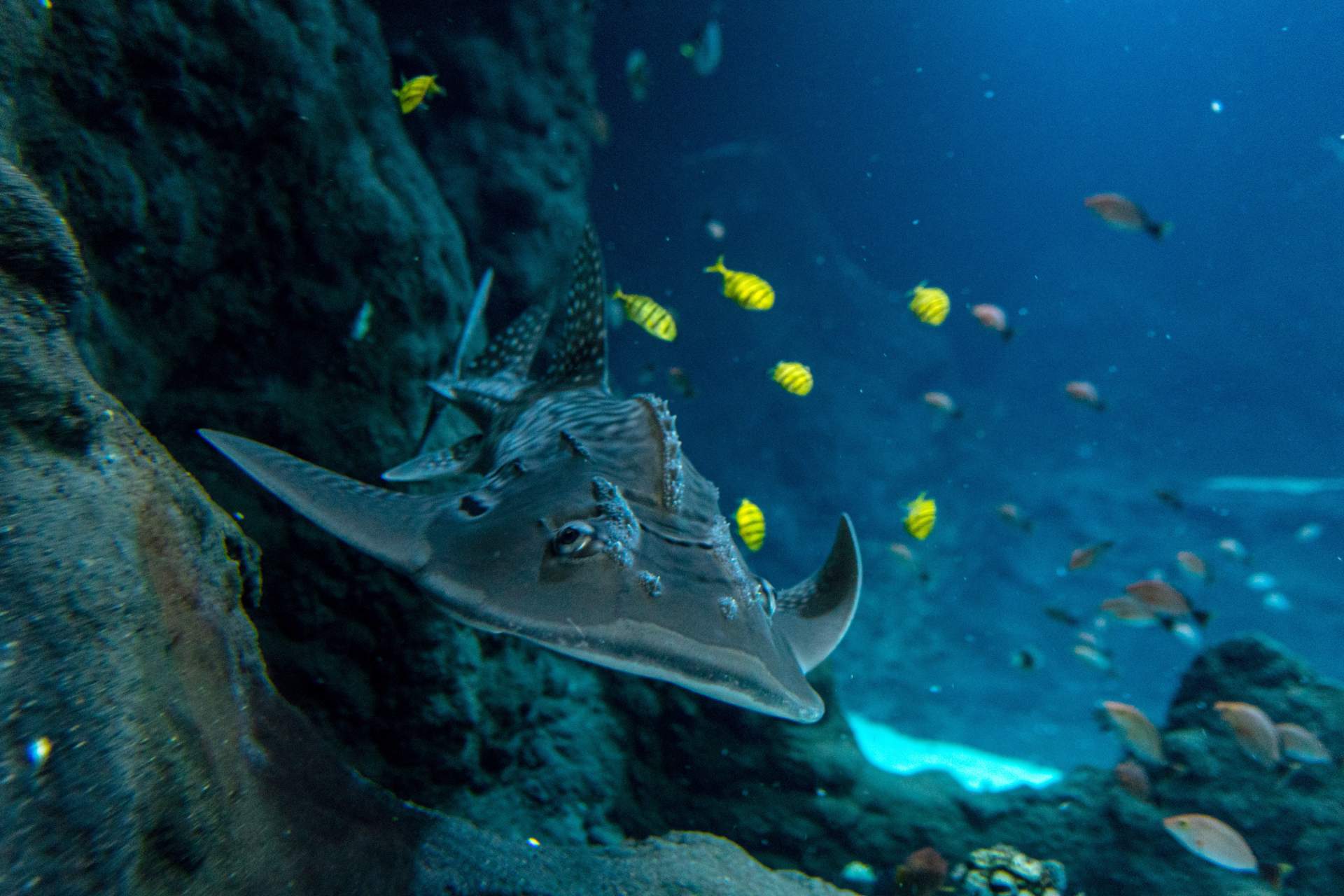
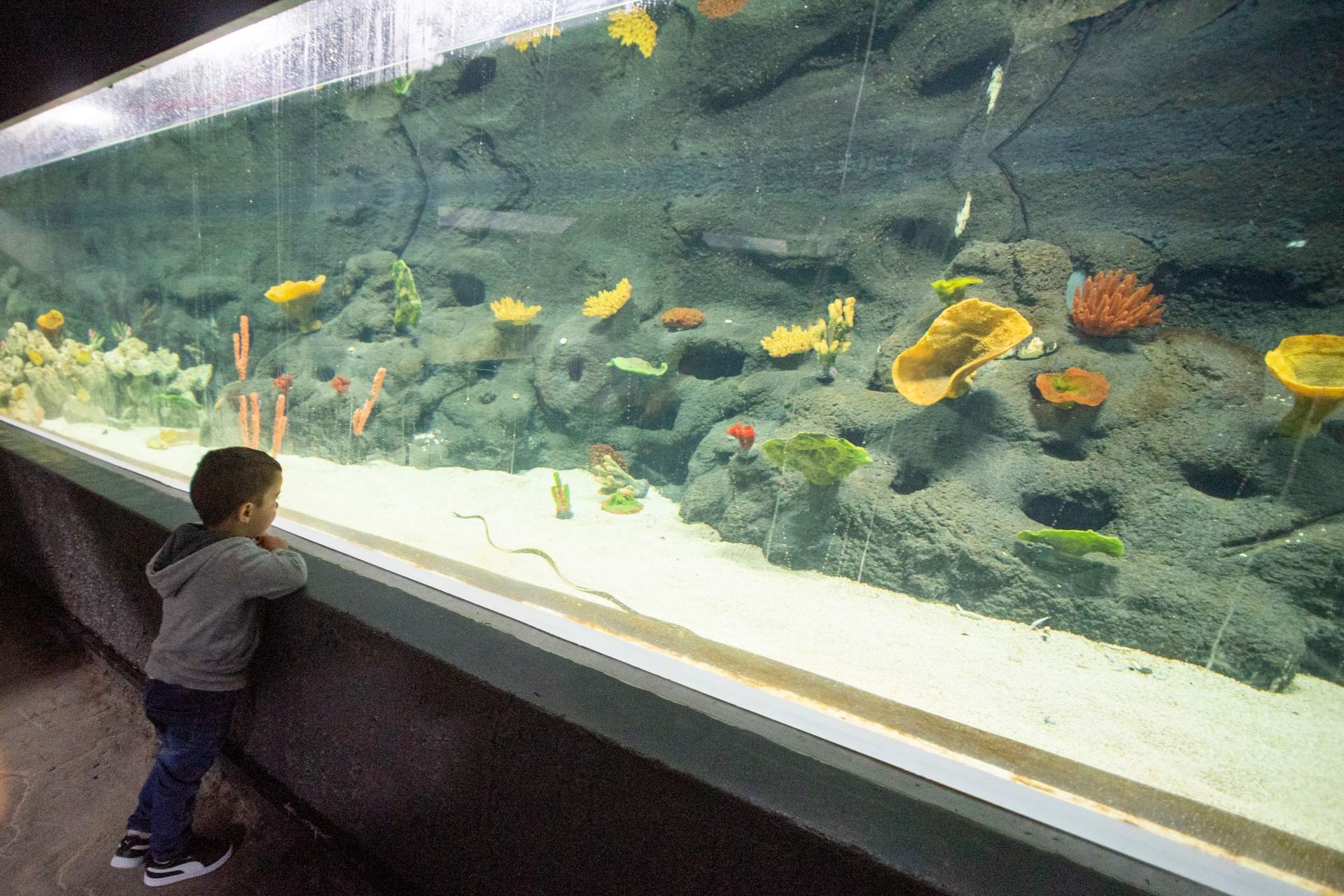
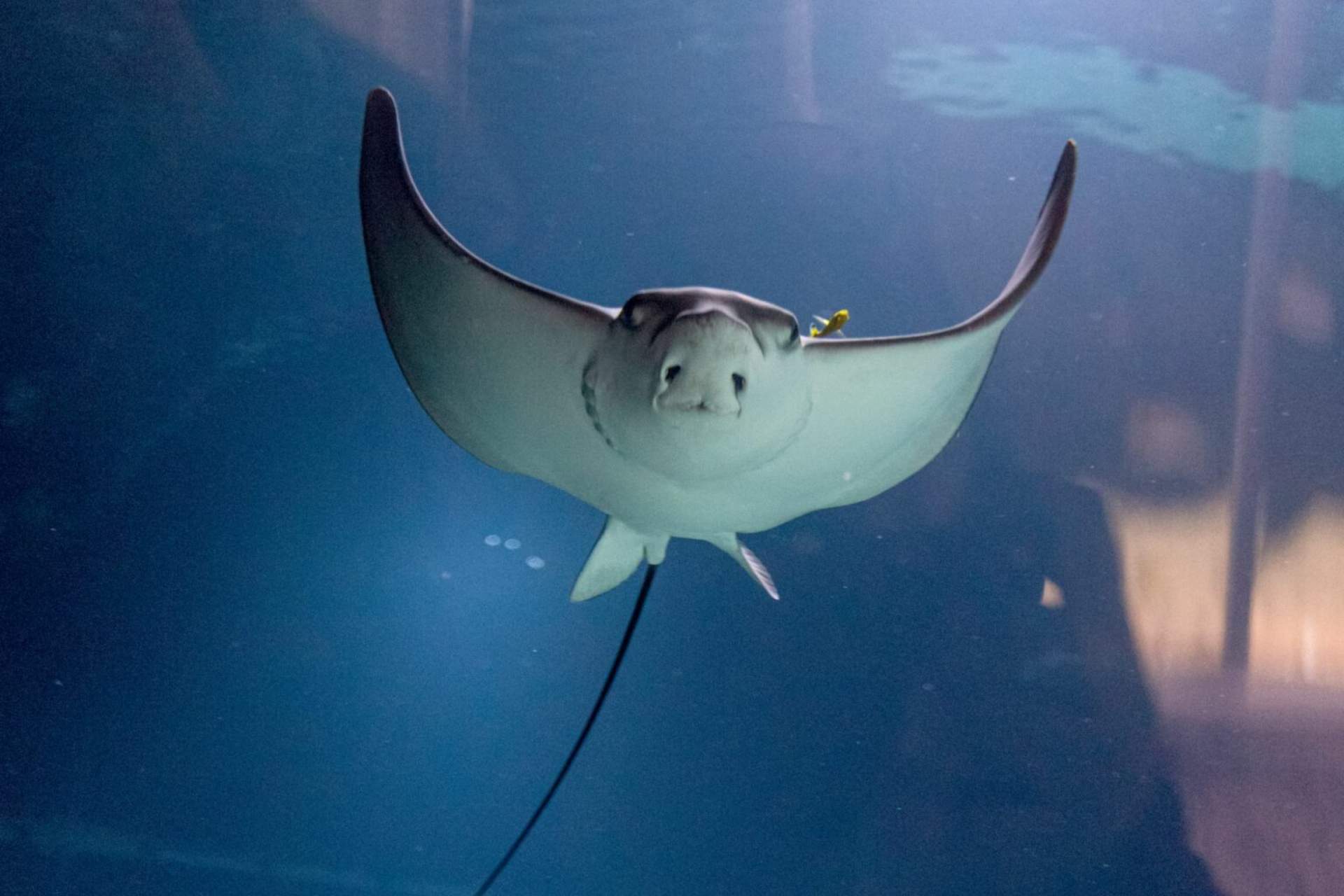
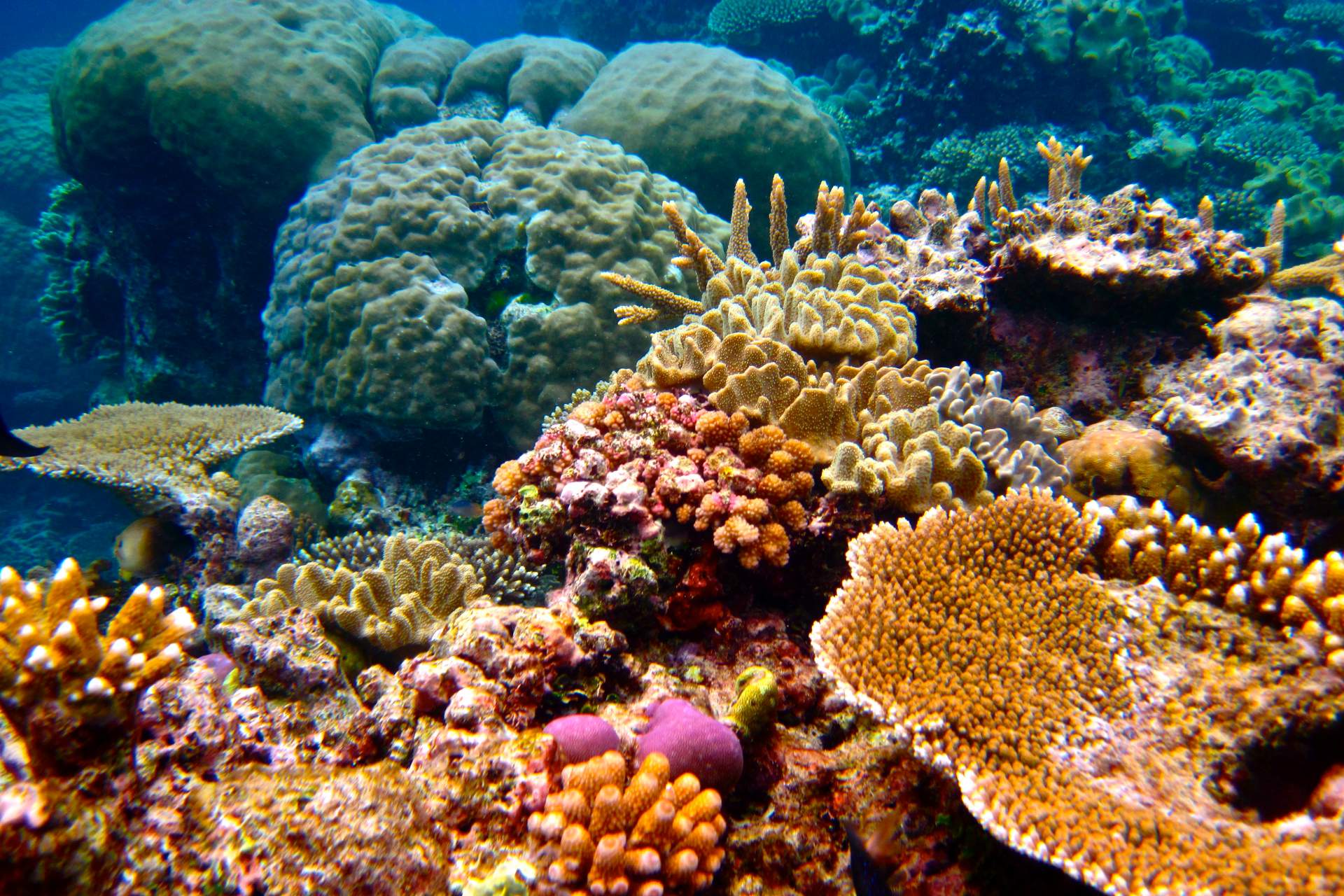
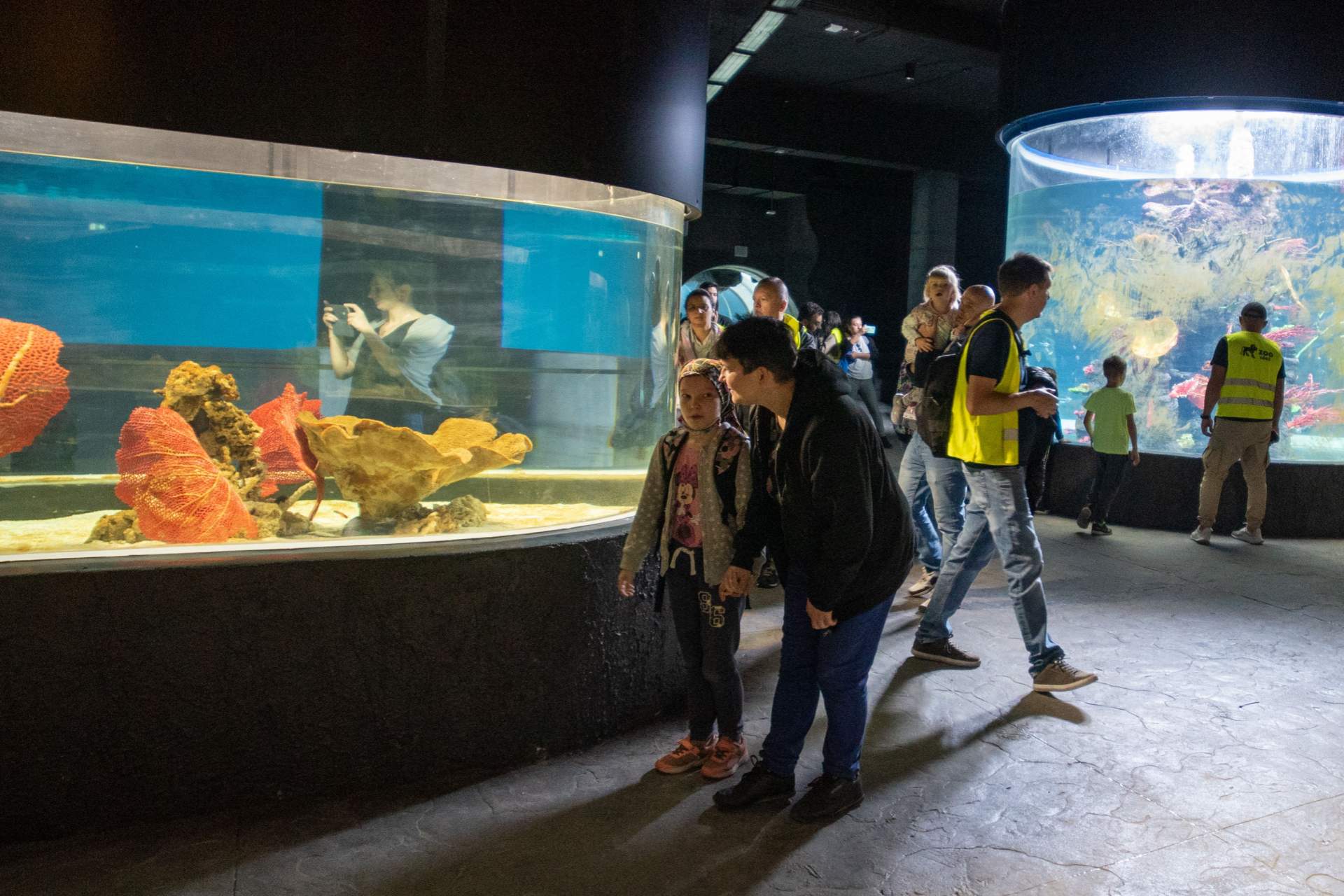

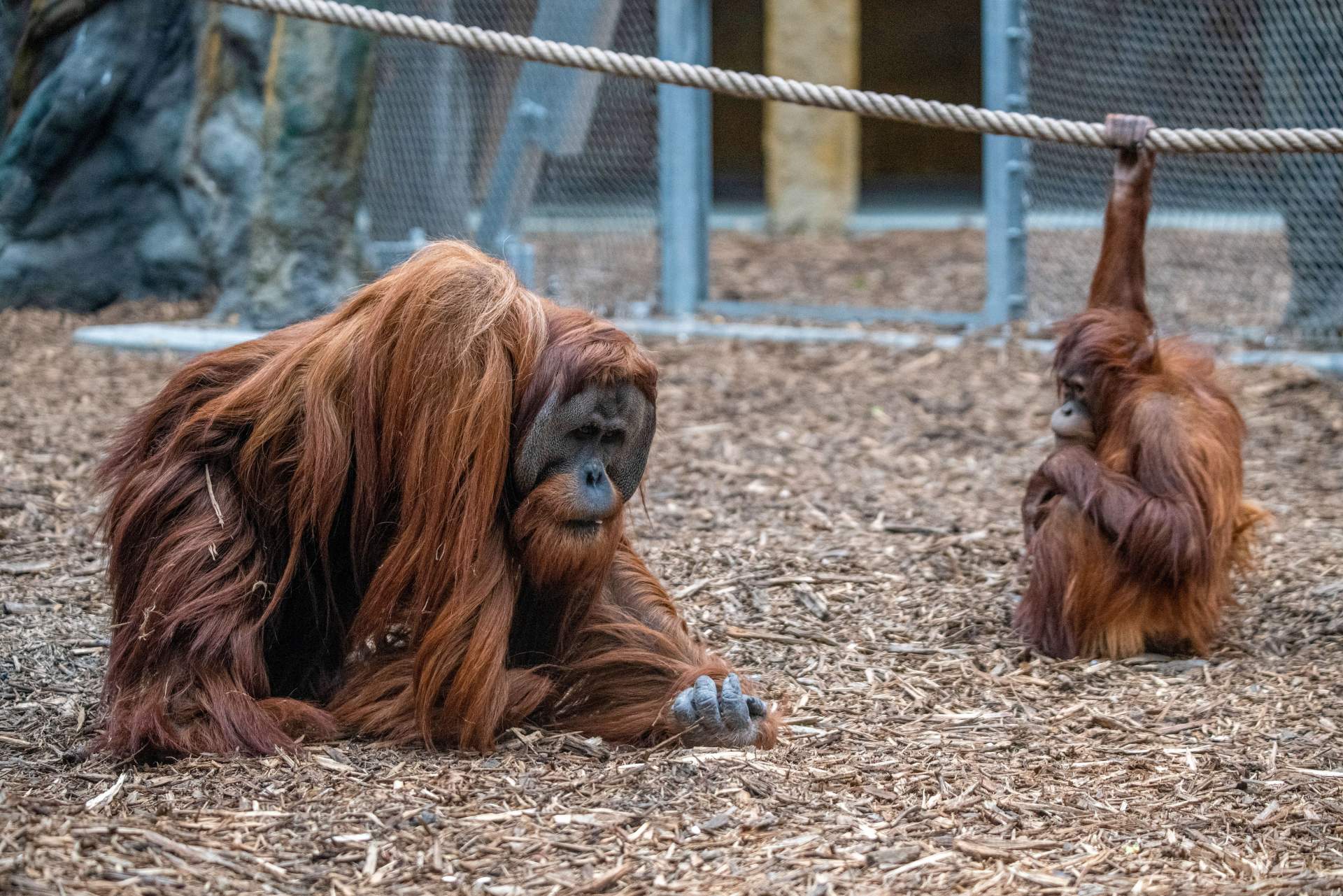
The Sundaic Islands zone is the warmest place in the Orientarium. The temperature in this part of the pavilion remains constant at 24-26 degrees Celsius, with nearly 80% humidity.
This gives visitors the impression of wandering through a real jungle, and the animals have excellent living conditions.
The largest crocodiles in Europe
Kraken is 5 m and 15 cm long. His partner Penelope is about 2 m shorter. How much exactly? It is not known because it has yet to be measured. What we know is that the couple are the largest members of their species on the entire European continent.
In the wild, gavial crocodiles are endangered. Their greatest enemy, unfortunately, is man. The crocodiles are hunted for their skin and meat, and their eggs are frequently consumed. Another issue is that their natural habitat is disappearing due to drying swamps and cut down rainforests.
Their enclosure is arranged so that visitors can observe the crocodiles both on land and underwater through a glass pane as they swim in the pool.
Poland's only Sumatran orangutans
Sumatran orangutans live right next to the crocodiles. Ketawa, the female, is 9 years old and weighs about 30 kilograms. Budi, the male, is 18 years old and weighs around 80 kilograms. The couple met in Łódź, Poland, and their keepers are very excited about their offspring. The Orientarium is home to another orangutan, 11-year-old Joko. These animals are endemic to northwestern Sumatra. The species has declined by approximately 80% in recent decades.
Sun bears, Javan langurs, binturongs and gibbons are also critically endangered and can be seen at the Orientarium.
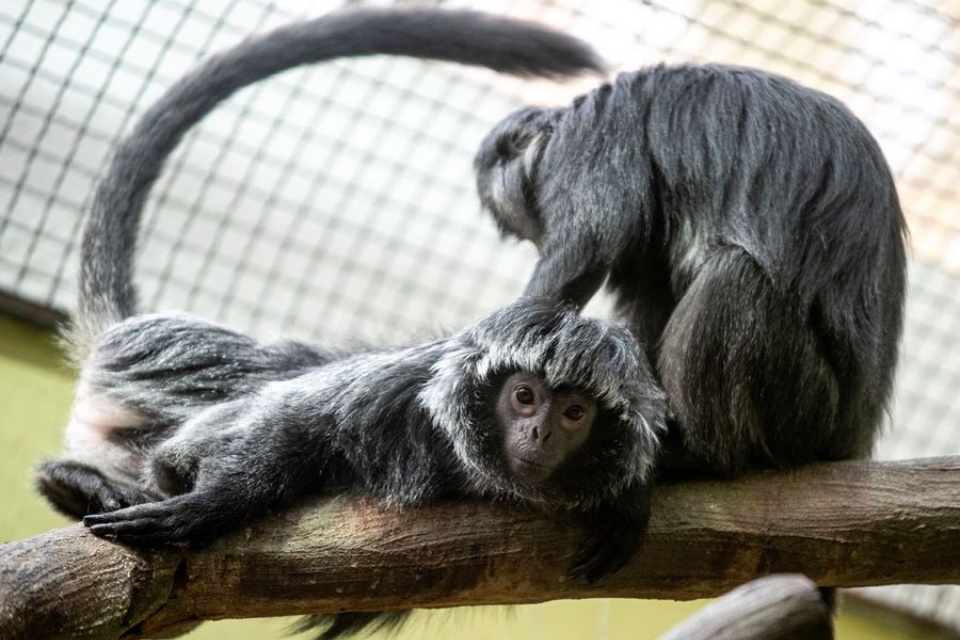
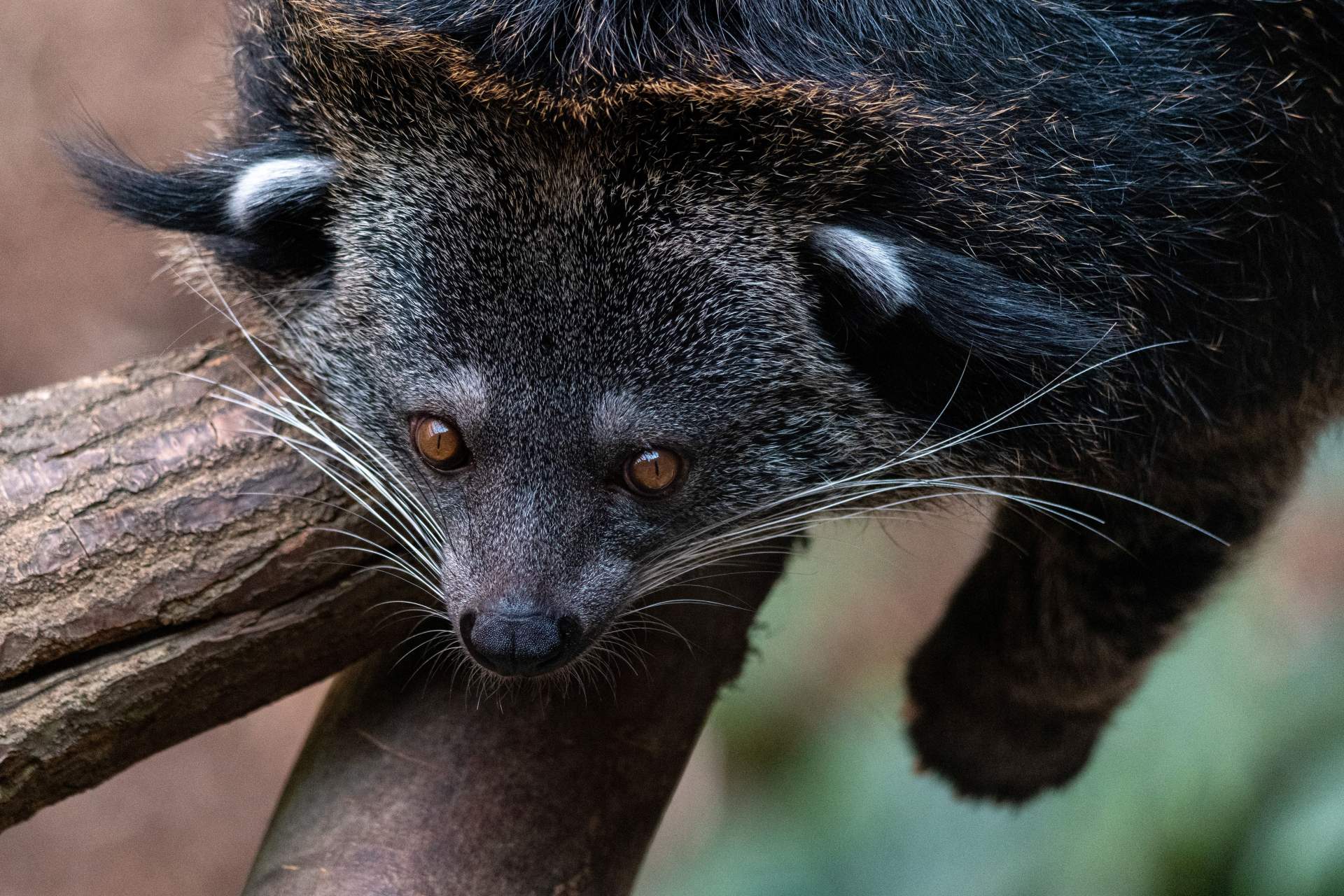
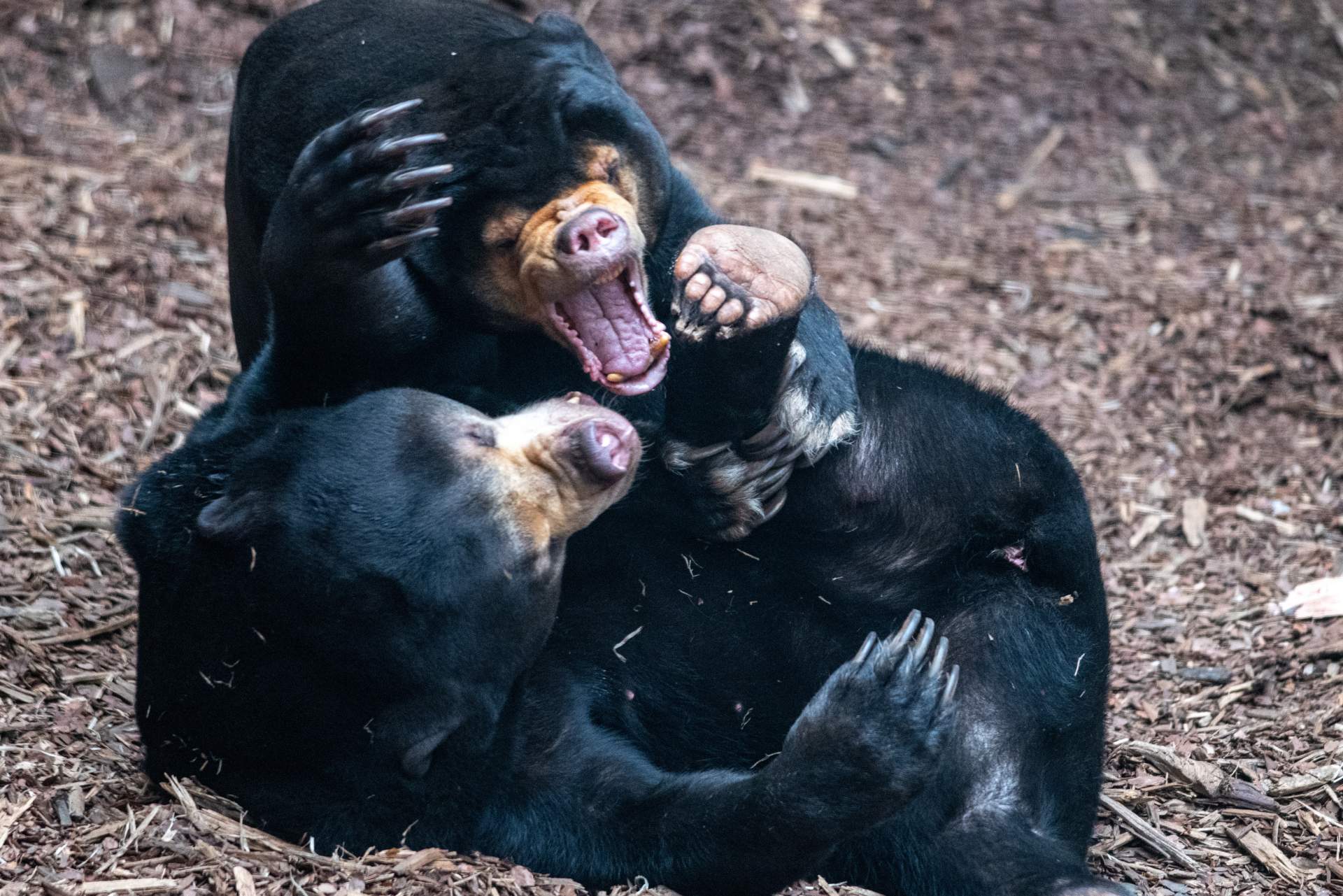
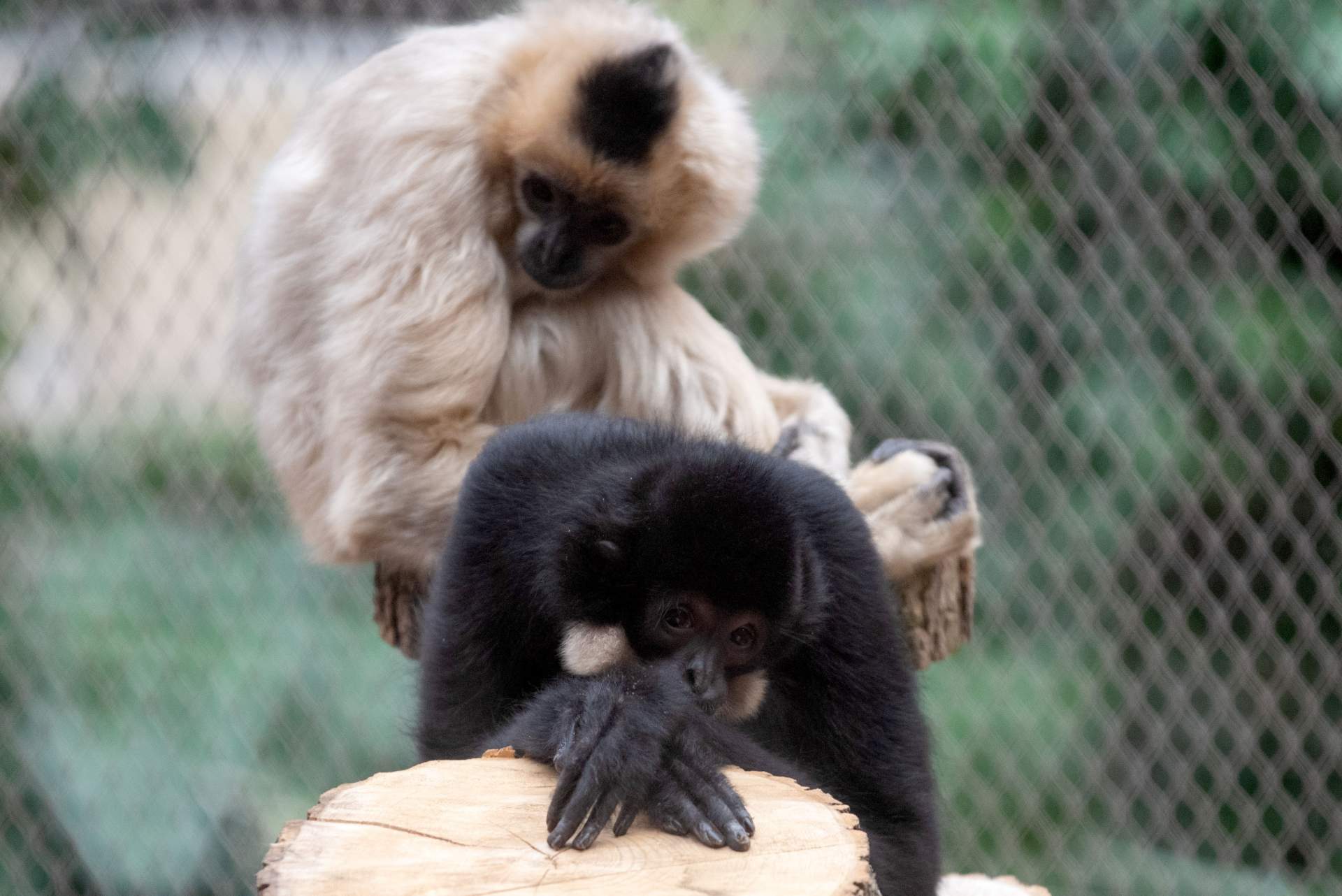
Another part of the Orientarium is named after an Indonesian island in the Pacific Ocean. In Celebes, you will meet, among others, wanderoo macaques (lion-tailed macaques), whose enclosure resembles a Buddhist temple.
For the Łódź Zoo, this rare species has become a tradition – we have been keeping and breeding them for 35 years. To communicate within the herd, macaques use loud vocalizations and body language, such as facial grimaces or certain body postures. Due to hunting and tropical deforestation for coffee and tea plantations, wanderoo macaques are one of the rarest and most endangered macaque species in the world. Currently, there are approximately 2,500-3,000 individuals living in the wild.
The macaques' neighbours are Asian small-clawed otters. These are the smallest otters in the world. They live in wetlands in, among others, China, India, Bangladesh and Malaysia. Asian small-clawed otters are excellent swimmers and divers. You will also see the Malayan tapir in this part of the Orientarium.
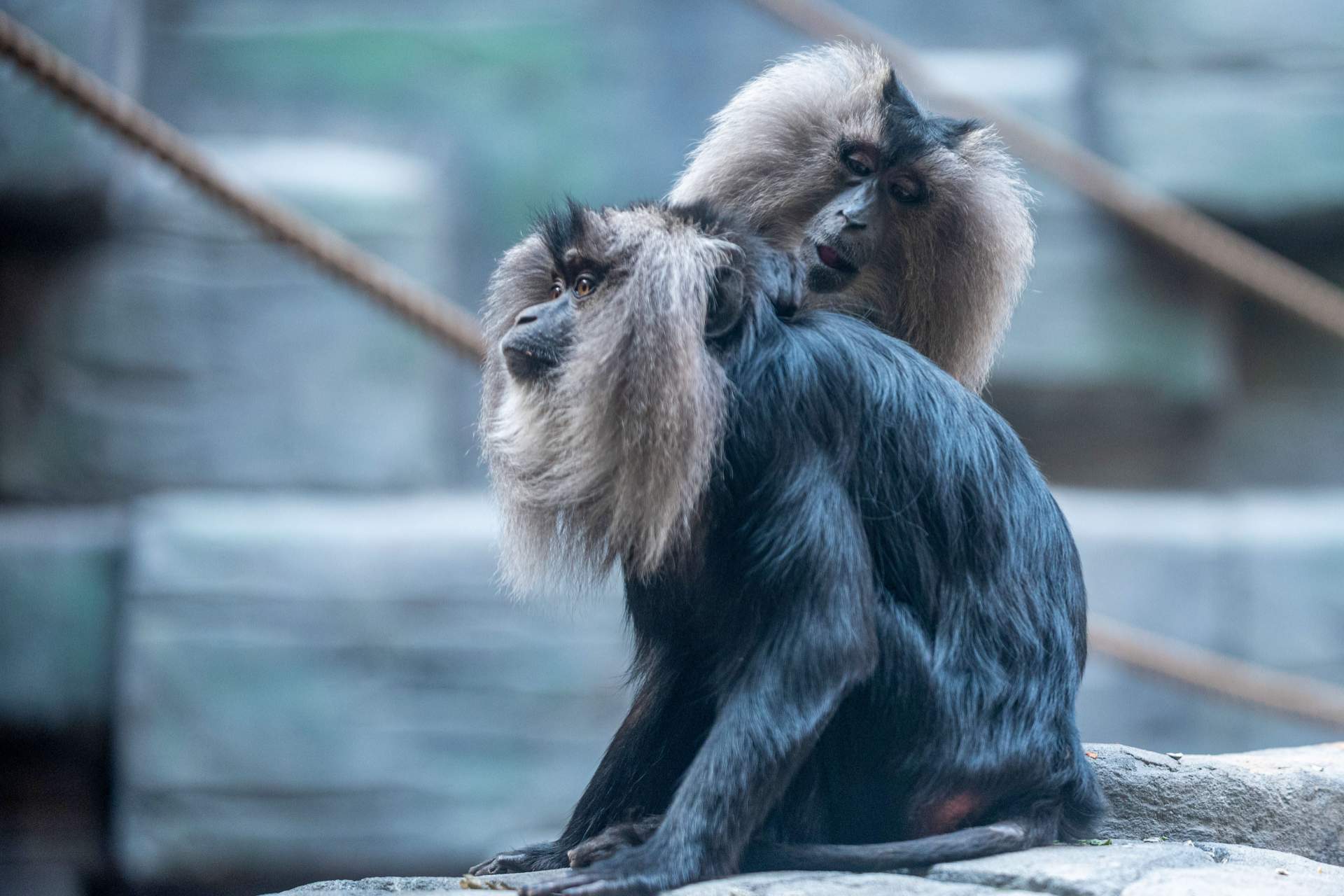
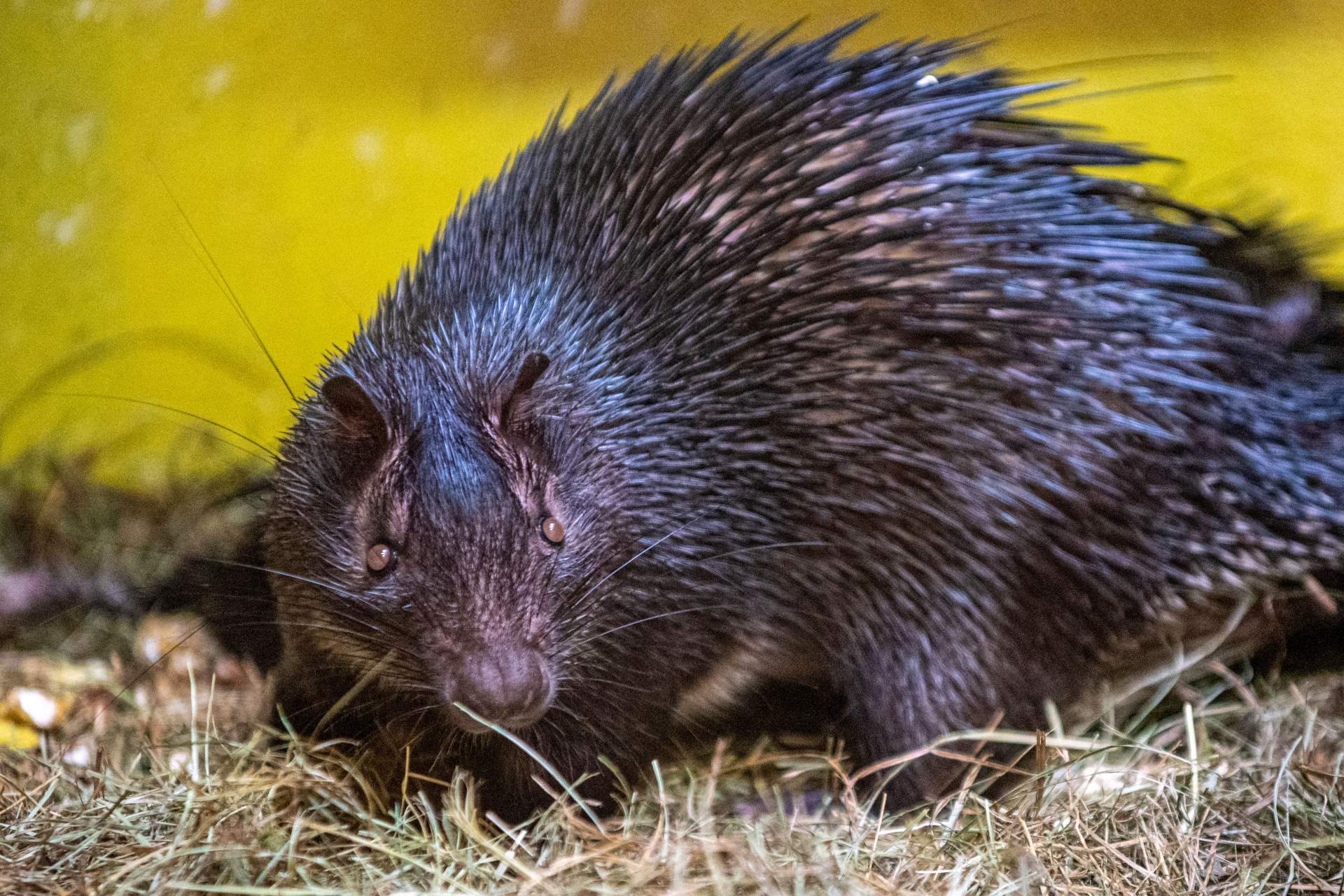
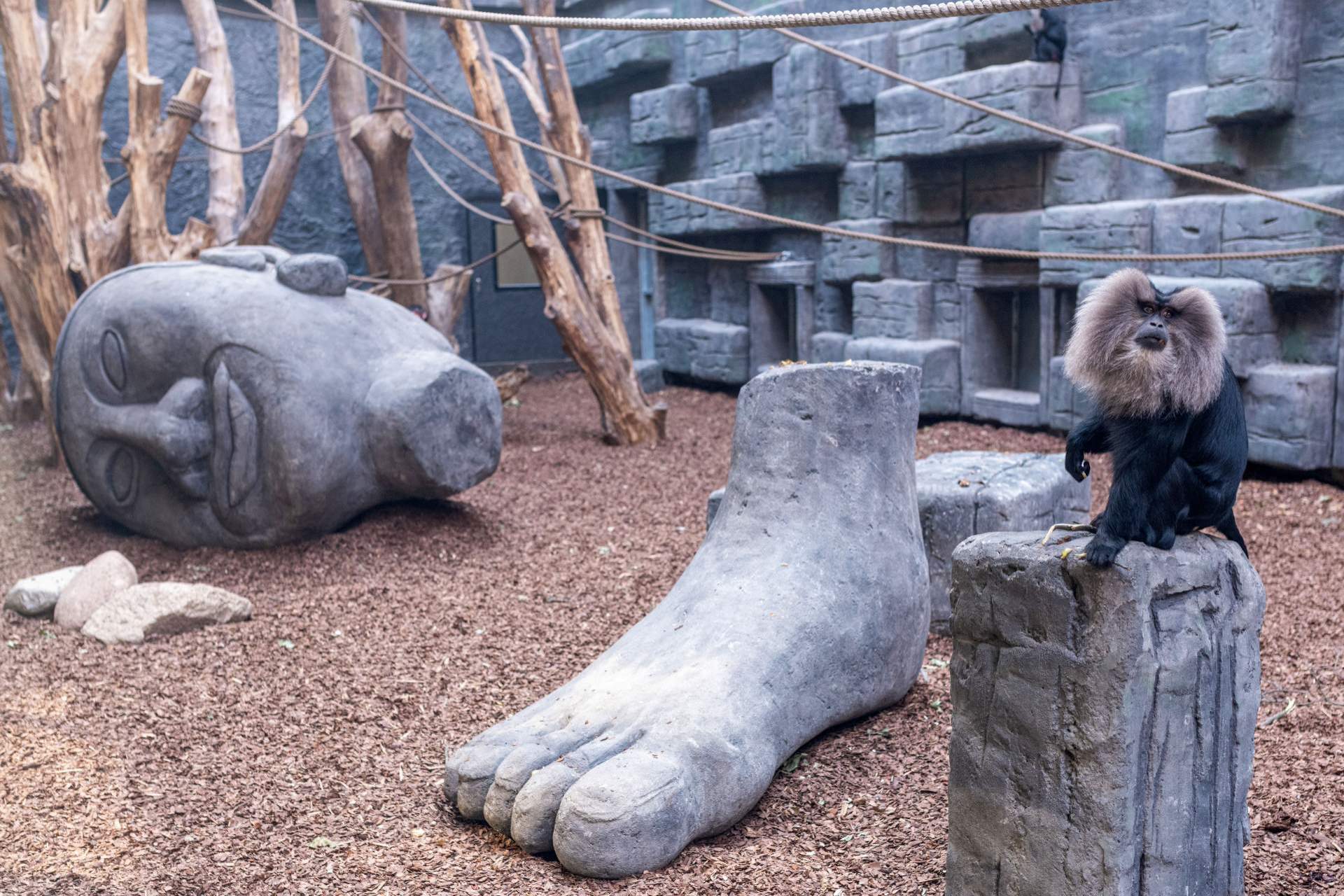
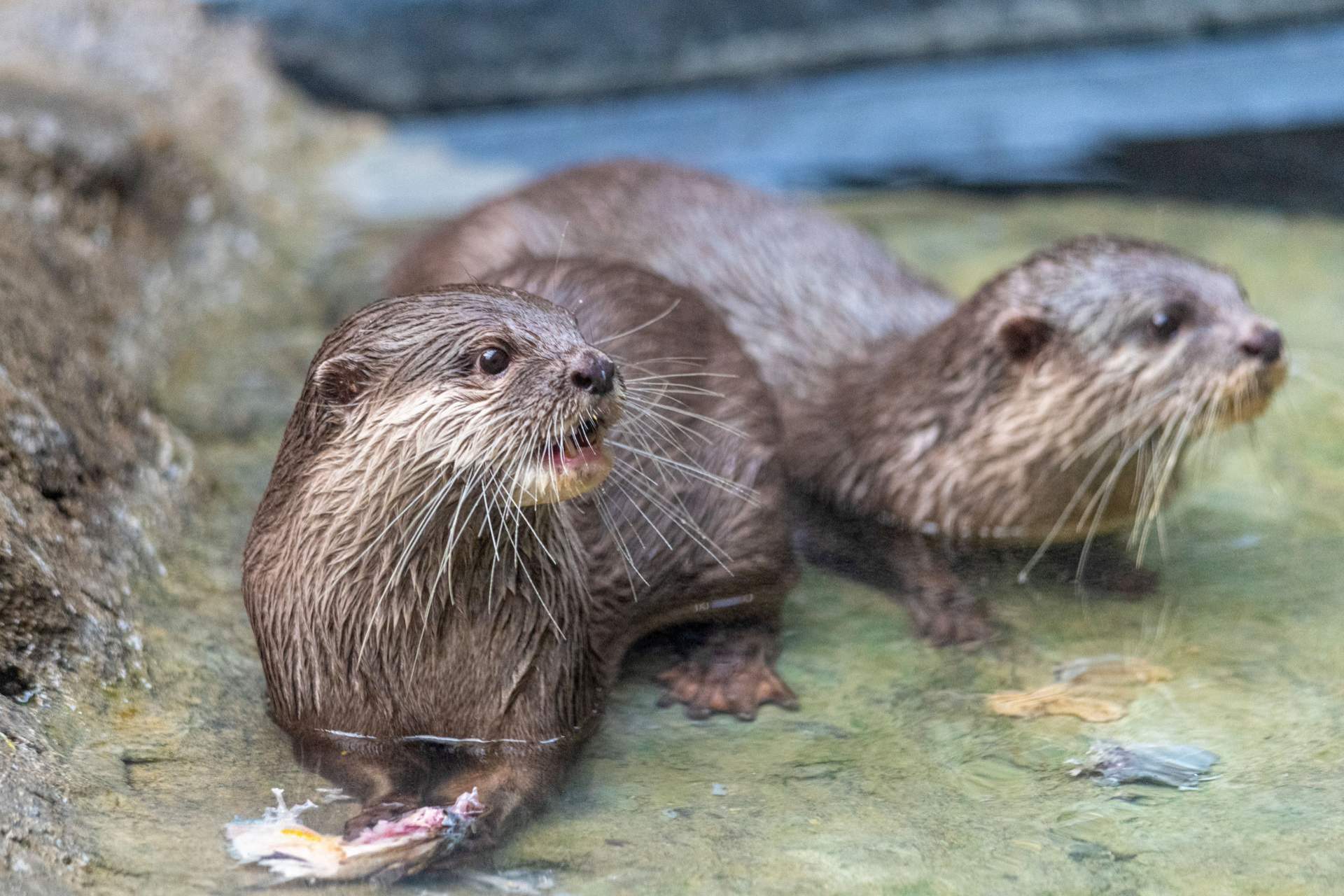
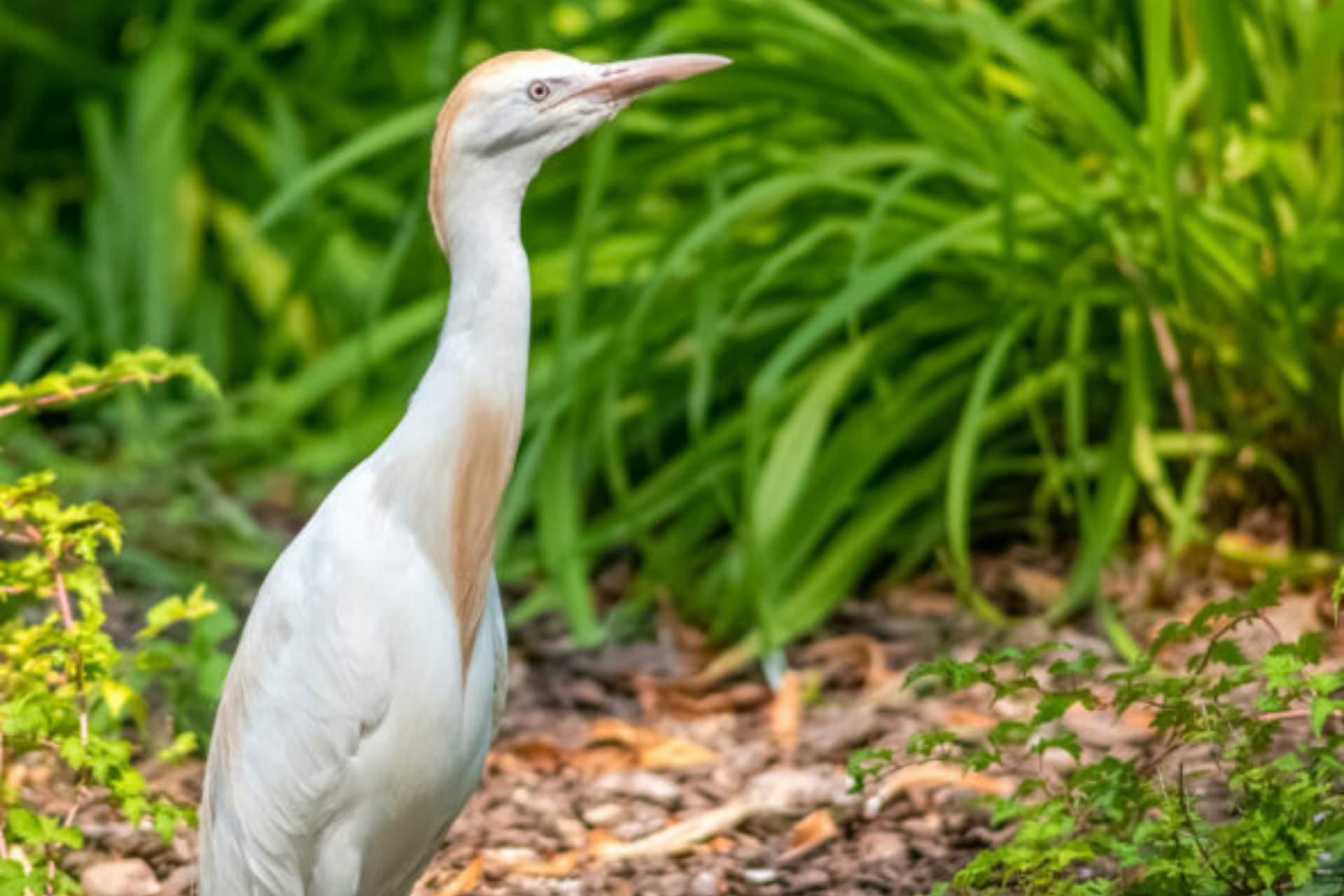
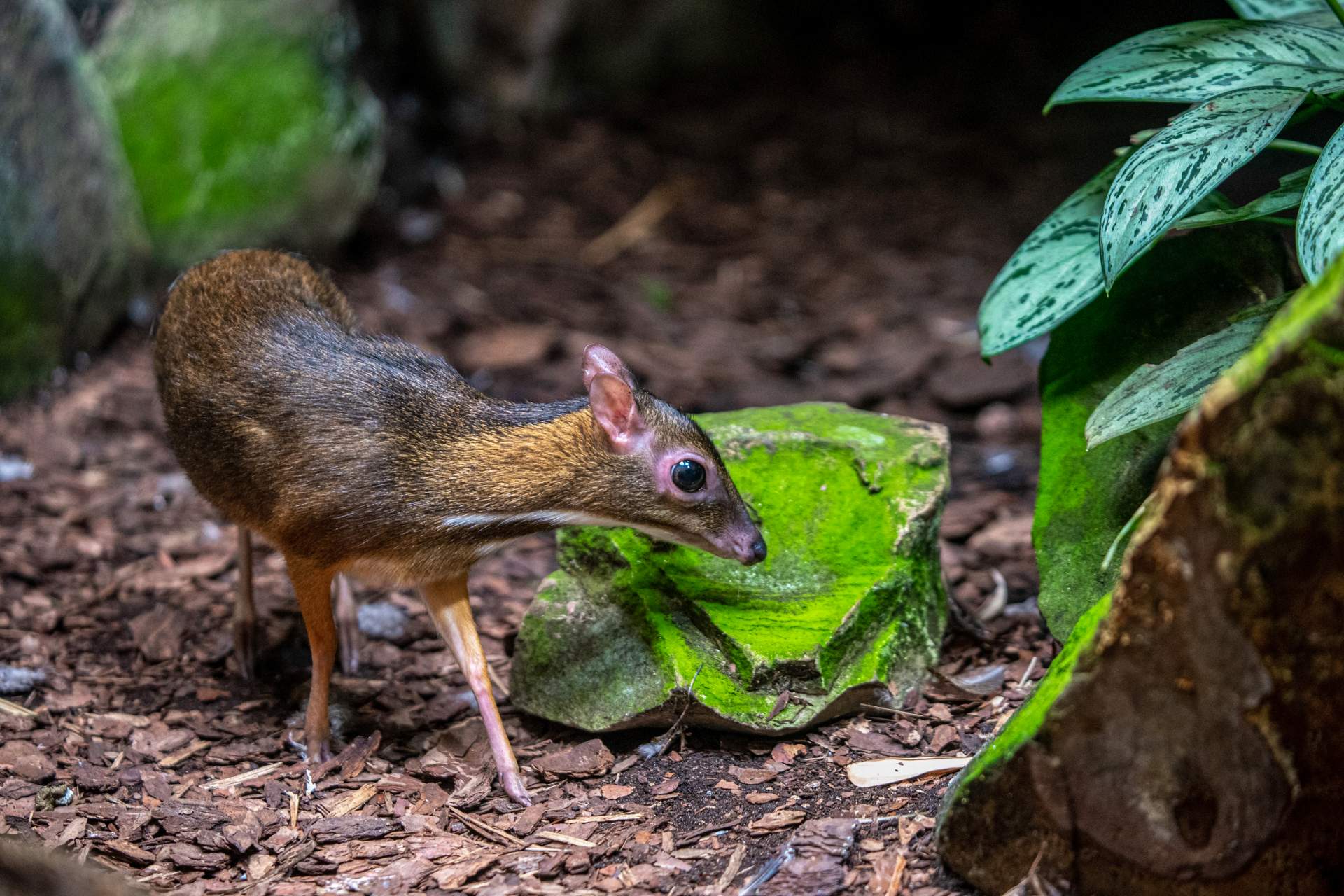
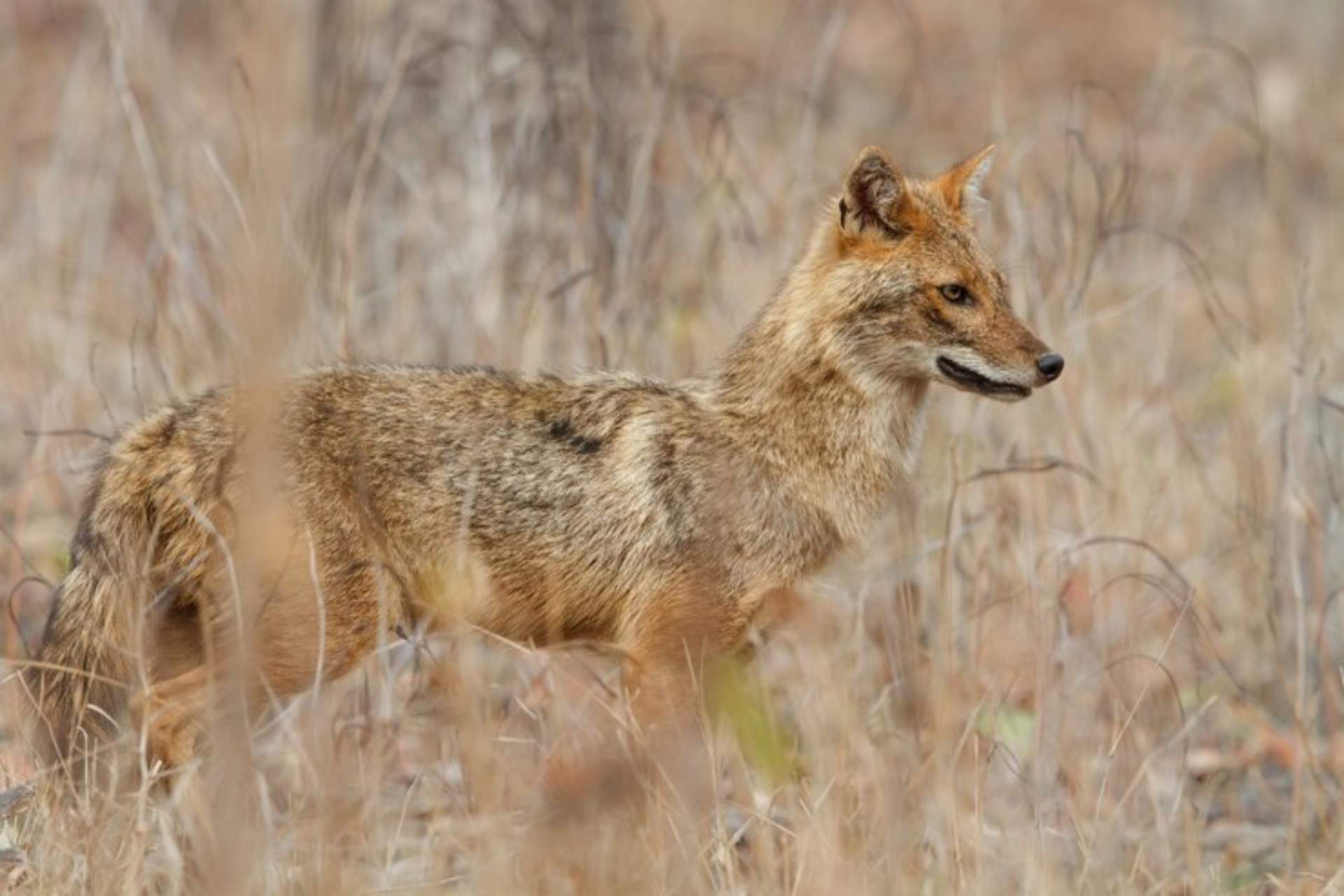
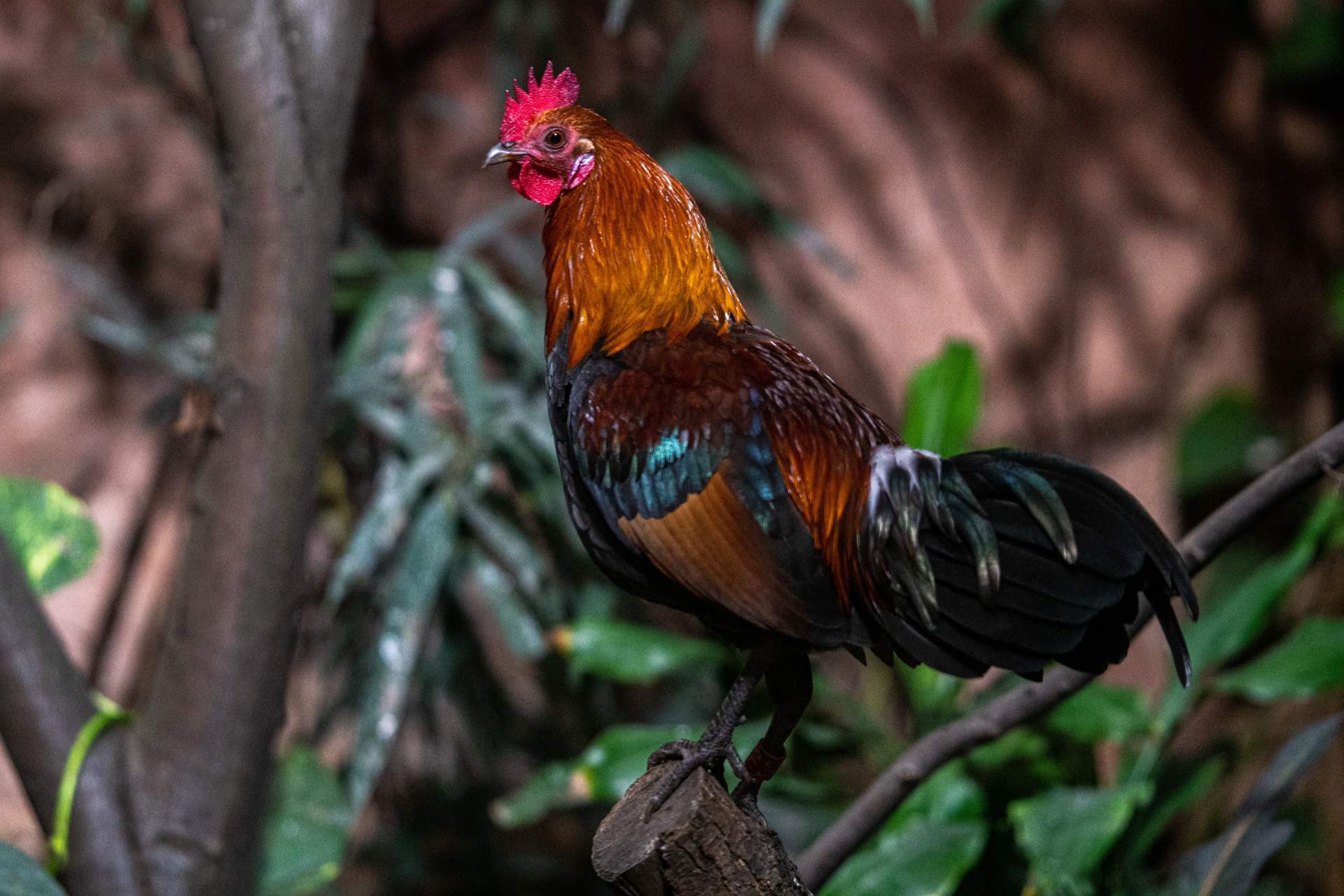
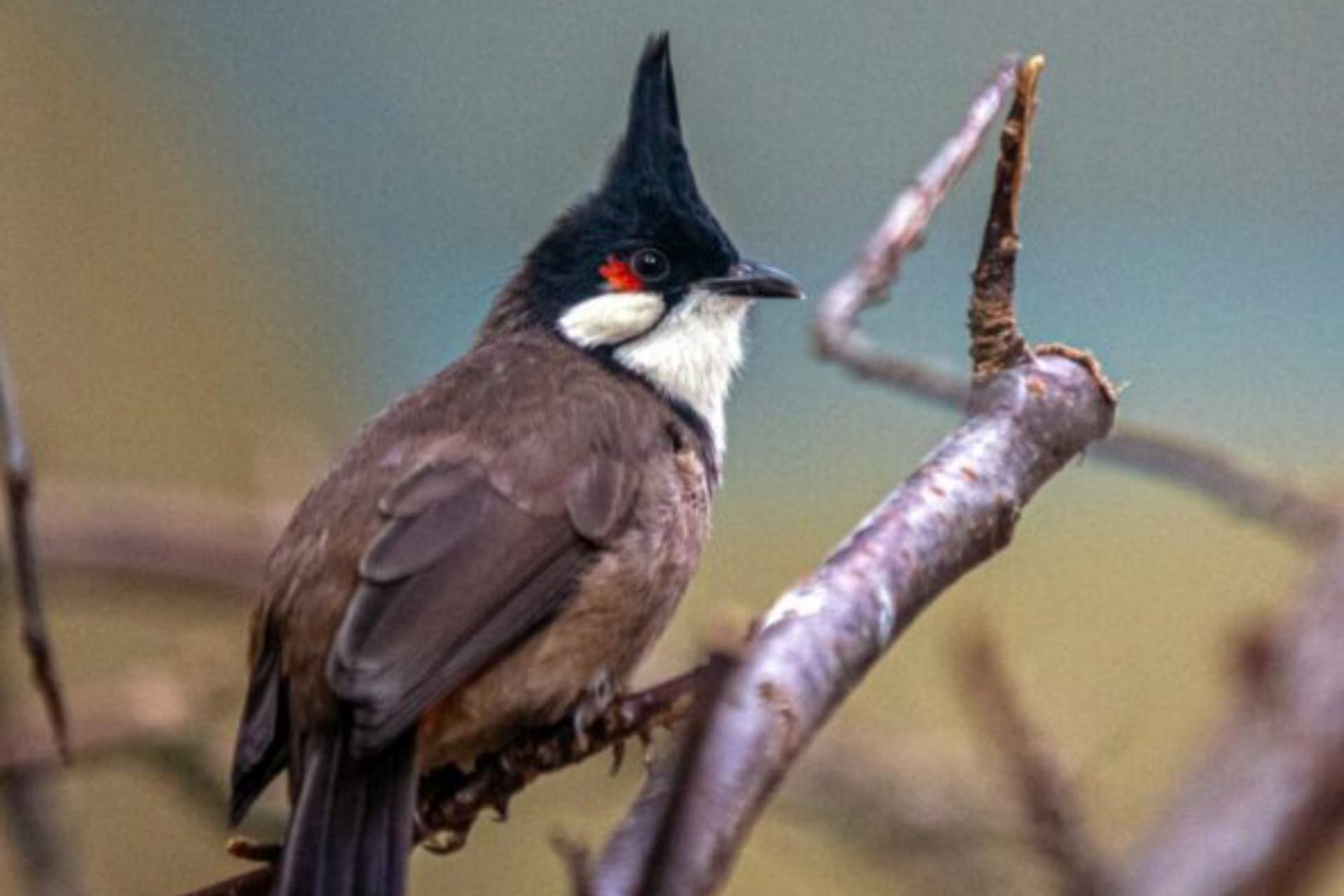
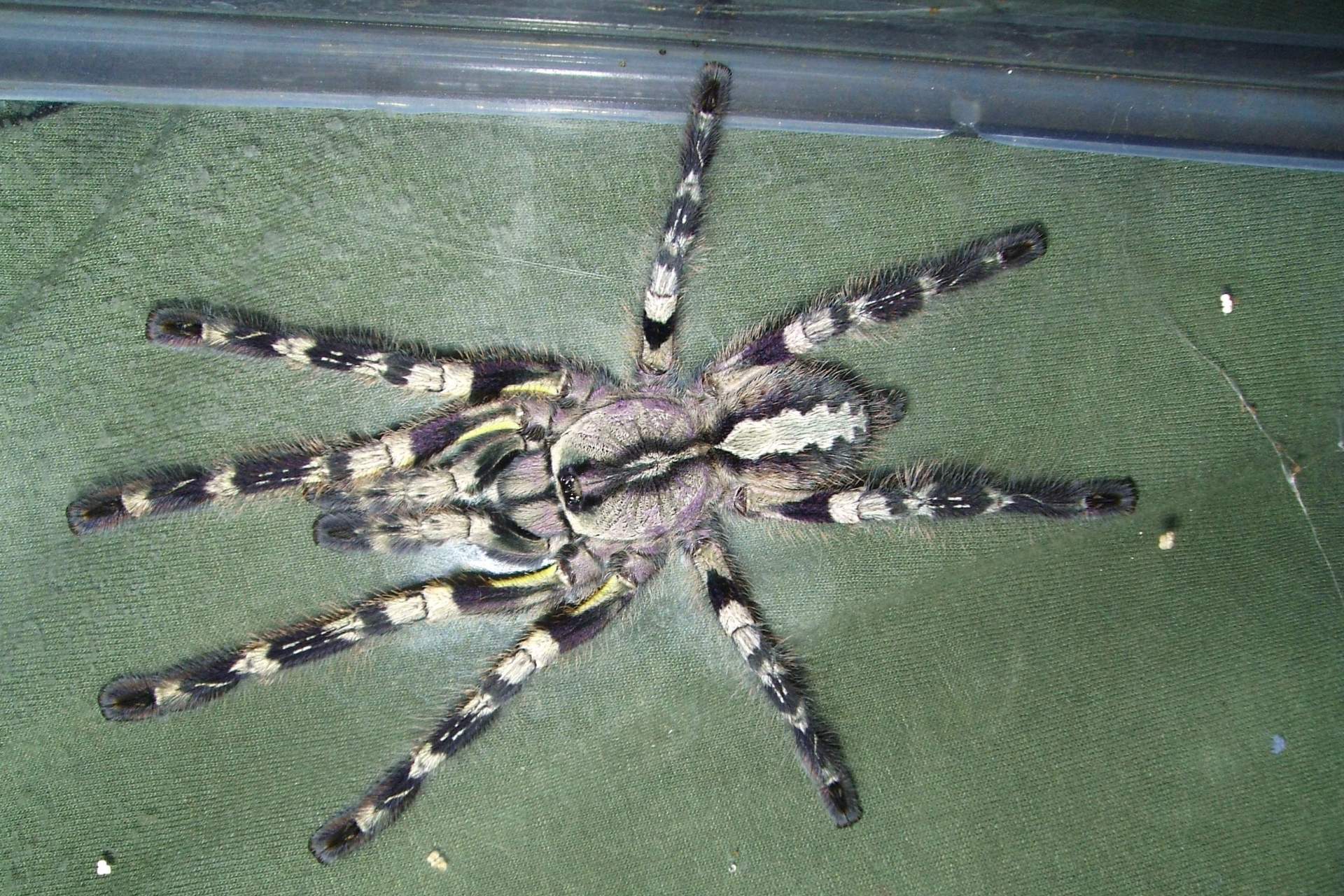
The Bali mynas, cattle egrets, king quails, pink-headed imperial pigeons, bulbuls, Luzon bleeding-hearts and crested partridges – these are just some of the winged denizens of the Orientarium. Some of them can be seen overhead in the free-flight zone, while others wade in the rich vegetation.
Importantly, the birds move freely within the visitors' area, which makes you really feel the connection with the animals. The bird population is gradually being expanded. Outside the Orientarium, visitors can admire white-naped cranes and Himalayan monals.
Also on display are Java mouse-deers. Mouse-deers are some of the smallest ungulate mammals. They measure about half a metre and weigh up to 2 kg, with limb diameter similar to that of a pencil. Mouse-deers lead a rather secretive, usually nocturnal lifestyle.
Fascinating invertebrates can be observed in specially prepared terraria with animals from South East Asia. These include the golden silk orb-weaver – spider that weaves an intricate web spanning up to one metre; the Indian ornamental tree spider – one of the largest spider species; the emperor scorpion – which is a black scorpion that fluoresce under UV light; and several species of stick insects that look like leaves and branches.
The Orientarium's outdoor enclosures are home to, among others, Visayan warty pigs, a family herd of golden jackals, sacred langurs, Japanese macaques, Abyssinian ground hornbills and griffon vultures.

Municipal Zoological Garden in Łódź
94-303 Łódź, Konstantynowska 8/10 street
e-mail: bok@zoo.lodz.pl
working hours: 9:00 a.m. - 7:00 p.m.
